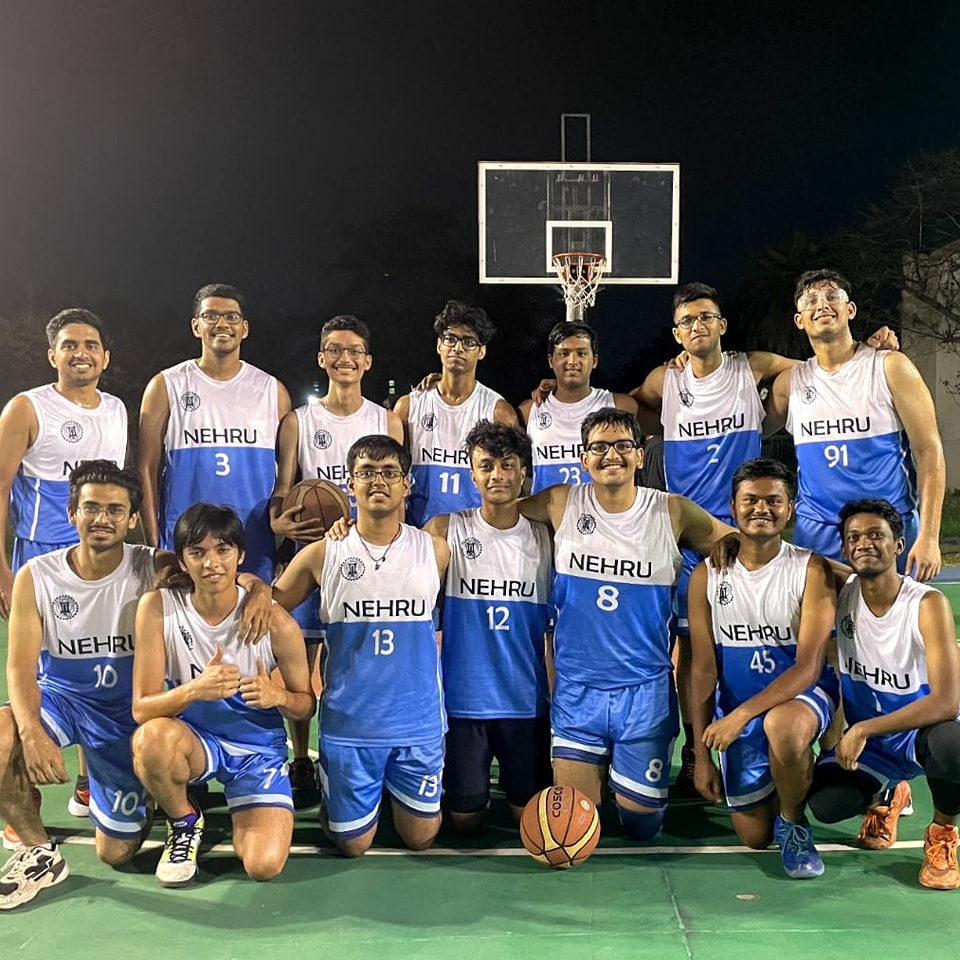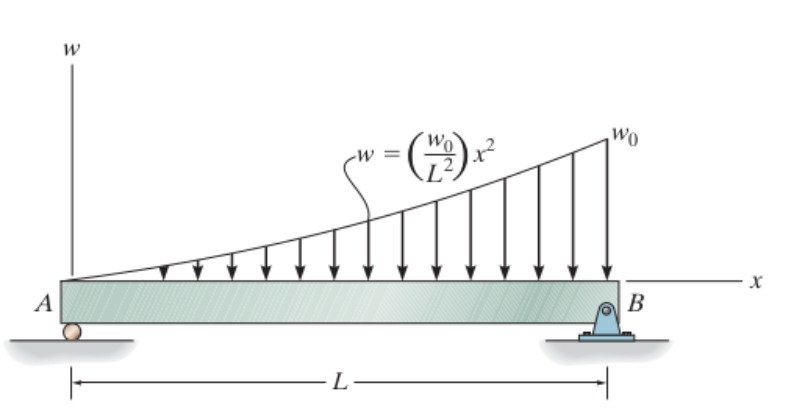Mridangam Journey – A Carnatic Classical Percussion Instrument
May 30, 2024 | by Abhinav Cillanki

From a young age, music has been an integral part of my life, deeply rooted in my family’s heritage. My grandfather, a professional flutist was a disciple of the legendary Flute Mali (T.R. Mahalingam). At the age of 8, I began my own musical journey with the Mridangam, trained by the esteemed Late Vidwan Sri B.K. Chandramouli, a close friend of my grandfather and a renowned Mridangam and Konnakol artist.
Early Lessons and Learning
My introduction to the Mridangam was both structured and immersive. I attended classes twice a week, supplemented by extra sessions during music competitions and exams. Each lesson began with Konnakol, the vocal percussion art form that serves as a foundation for playing the Mridangam. This unique approach not only enhanced my rhythmic skills but also deepened my understanding of Carnatic music. During these formative years, I learned to recite each lesson before playing it on the Mridangam, mastering three speeds (Kaala/Gathi). Listening to fellow students during their classes provided further exposure to various styles and techniques, enriching my learning experience.
As I progressed, I completed the Junior exam conducted by the Karnataka State Board. Later, my master emphasized the importance of documentation. He encouraged me to write down new lessons in my notebook, either by recitation or by copying from his master notebook. This practice solidified my understanding and retention of complex rhythms. After his passing, I continued my studies under his son, Vidwan Sri B.C. Manjunath, a professional Mridangam artist, who travels the world for concerts. Due to his busy International concert schedule, he delegated some classes to another disciple, Sri Sridhar with whom I have continued learning.
A Temporary Hiatus
During my pre-university years, I took a break from music to focus on preparing for the JEE exams. In my fifth semester of B.Tech at IIT Kharagpur, I resumed my Mridangam lessons remotely and made it a point to attend in-person classes whenever I returned to Bangalore. My hostel at IIT Kharagpur (Nehru Hall) has a dedicated music room where I practice. Although I may not pursue music as a career, it remains a cherished hobby that allows me to express creativity and connect with tradition.
The Mathematical Symphony
Playing the Mridangam is not just about rhythm; it also requires strong mathematical skills. Crafting Mukthayas (rhythmic phrases) on the fly tests both creative and analytical faculties. Accompanying other artists demands adaptability and an understanding of their unique styles, making each performance a collaborative experience.
Capturing Moments
Throughout this journey, I’ve captured numerous moments that reflect my experiences with the Mridangam. Here are some pictures and videos showcasing my journey:
- Early Classes with Sri B.K. Chandramouli
Early Classes - Performing at Local Events
Local Performance - Practicing in Nehru Hall’s Music Room
Nehru Hall Practice - Collaborating with Other Musicians
Collaboration - Video: A Short Performance
Watch Here
Conclusion
My journey with the Mridangam has been one of growth, discipline, and joy. It has taught me invaluable lessons about dedication and creativity while allowing me to connect with my cultural roots. As I continue this musical path alongside my academic pursuits at IIT Kharagpur, I look forward to exploring new rhythms and sharing this beautiful art form with others. Music will always remain a vital part of who I am—a calming force in an ever-changing world.
RELATED POSTS
View all


